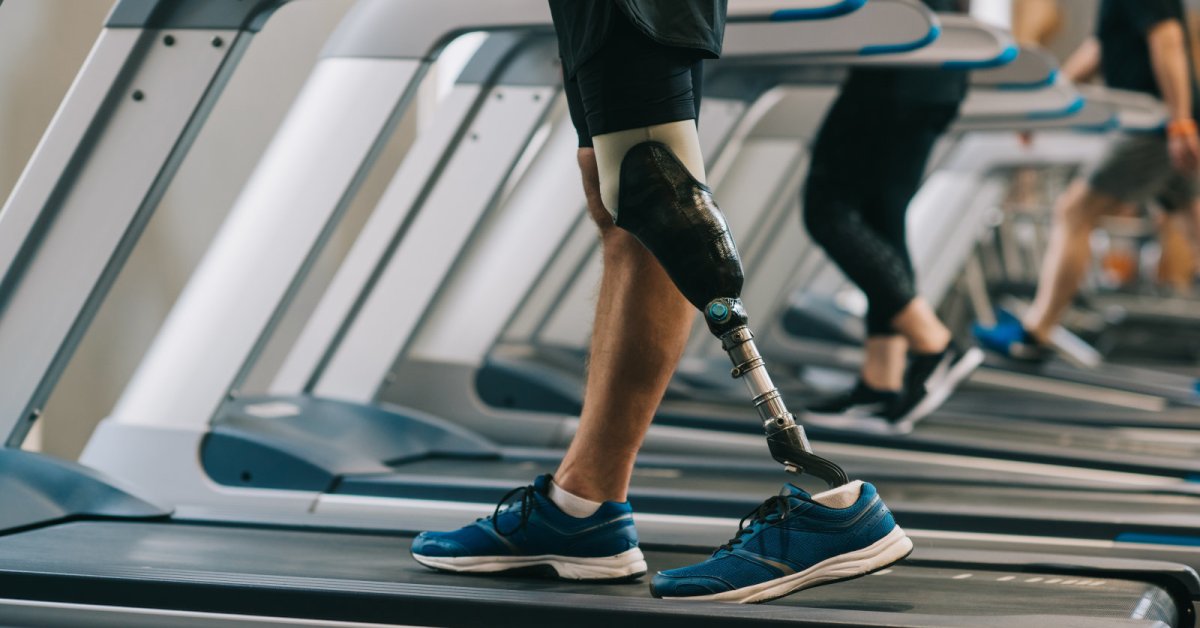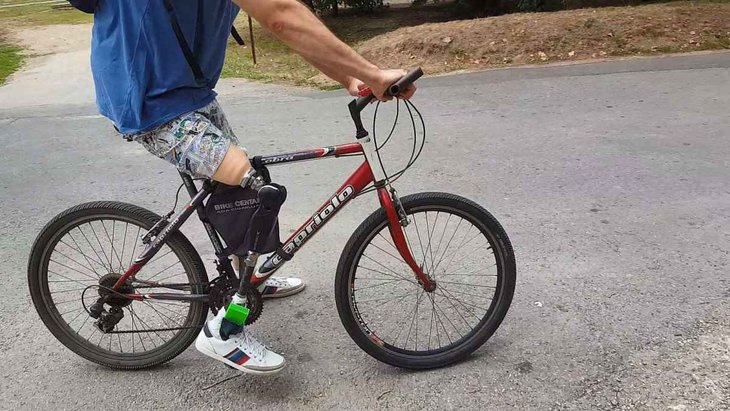New Prosthetic Leg Lets People With A Limb Amputated Feel Their Foot And Knee Again
Aadhya Khatri - Sep 10, 2019

Recently, experts at ETH Zurich have found a way to allow amputees with prosthetic leg feel sensory feedbacks and relieve their phantom limb pain
- Samsung To Create Ultra-High-Resolution 600MP Camera Sensors
- This YouTuber Built His Own Digital Camera Sensor, You Can Too
- This New Sensor Can Work Underwater, No Need For Batteries
In the last few years, researchers have been working to give prosthesis wearers and robots a sense of touch; however, most of the effort is focused on the hands. Recently, experts at ETH Zurich have found a way to allow leg amputees feel sensory feedbacks again.
Their research can be found in Nature Medicine, and it details the team’s modification effort to a regular prosthetic leg by giving it electrodes and sensors. What they aim at is to provide the amputee the sense of the sole of the foot as well as knee movements. While they have just tested on two users, the results seem promising.

The researchers have two patients, both with transfemoral or above the knee amputations, participated in the test. What they used was Össur prosthetic leg, which comes equipped with an angle sensor located in the knee joint and a microprocessor.
To the leg, they added seven sensors and an insole, which are capable of real-time signal transmitting. There is a controller at the users’ angle and the transmission process happens via Bluetooth.
The controller’s algorithm then turns the feedback into neural signals, which will be sent to an implant in the tibial nerve of the patient. With this system, the patient’s brain can perceive these signals as foot and knee’s feedback.
The new prosthetic leg can increase the speed at which the users walks. The amount of oxygen needed is also lower, an indication of a less strenuous experience for the patient.
The researchers also tested the possibility of reducing phantom limb pain. The two patients experienced less pain after the electrical stimulation started for a few minutes. However, this kind of treatment is only available at the lab.
The team hopes that future development may bring this technology to more amputees.
Featured Stories

Features - Jul 01, 2025
What Are The Fastest Passenger Vehicles Ever Created?

Features - Jun 25, 2025
Japan Hydrogen Breakthrough: Scientists Crack the Clean Energy Code with...

ICT News - Jun 25, 2025
AI Intimidation Tactics: CEOs Turn Flawed Technology Into Employee Fear Machine

Review - Jun 25, 2025
Windows 11 Problems: Is Microsoft's "Best" OS Actually Getting Worse?

Features - Jun 22, 2025
Telegram Founder Pavel Durov Plans to Split $14 Billion Fortune Among 106 Children

ICT News - Jun 22, 2025
Neuralink Telepathy Chip Enables Quadriplegic Rob Greiner to Control Games with...

Features - Jun 21, 2025
This Over $100 Bottle Has Nothing But Fresh Air Inside

Features - Jun 18, 2025
Best Mobile VPN Apps for Gaming 2025: Complete Guide

Features - Jun 18, 2025
A Math Formula Tells Us How Long Everything Will Live

Features - Jun 16, 2025
Comments
Sort by Newest | Popular